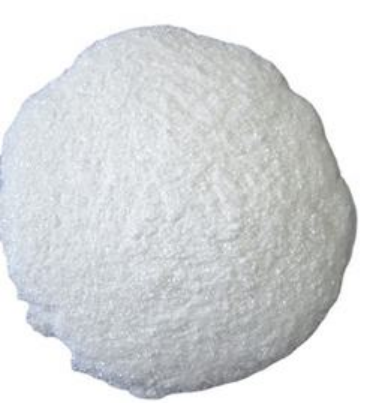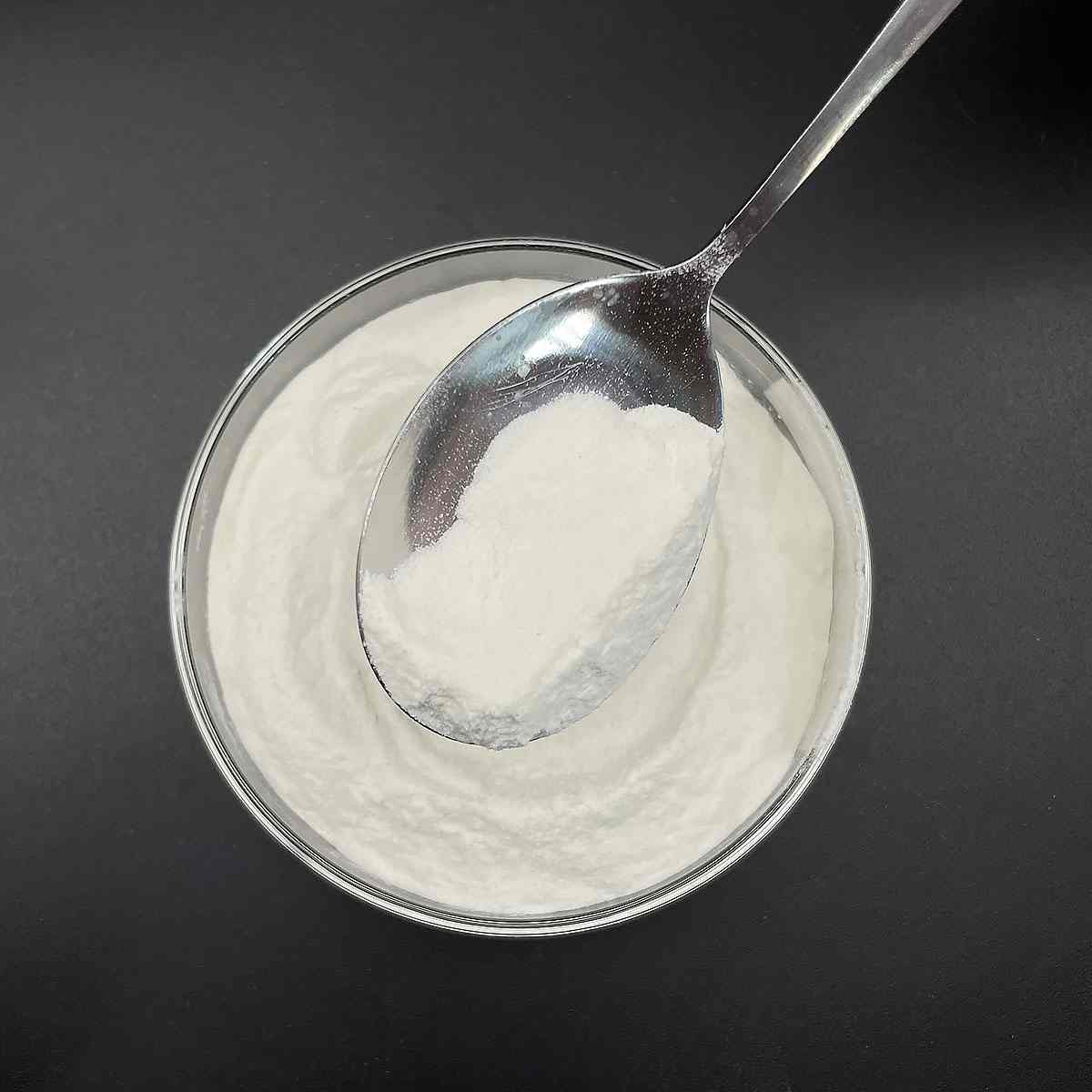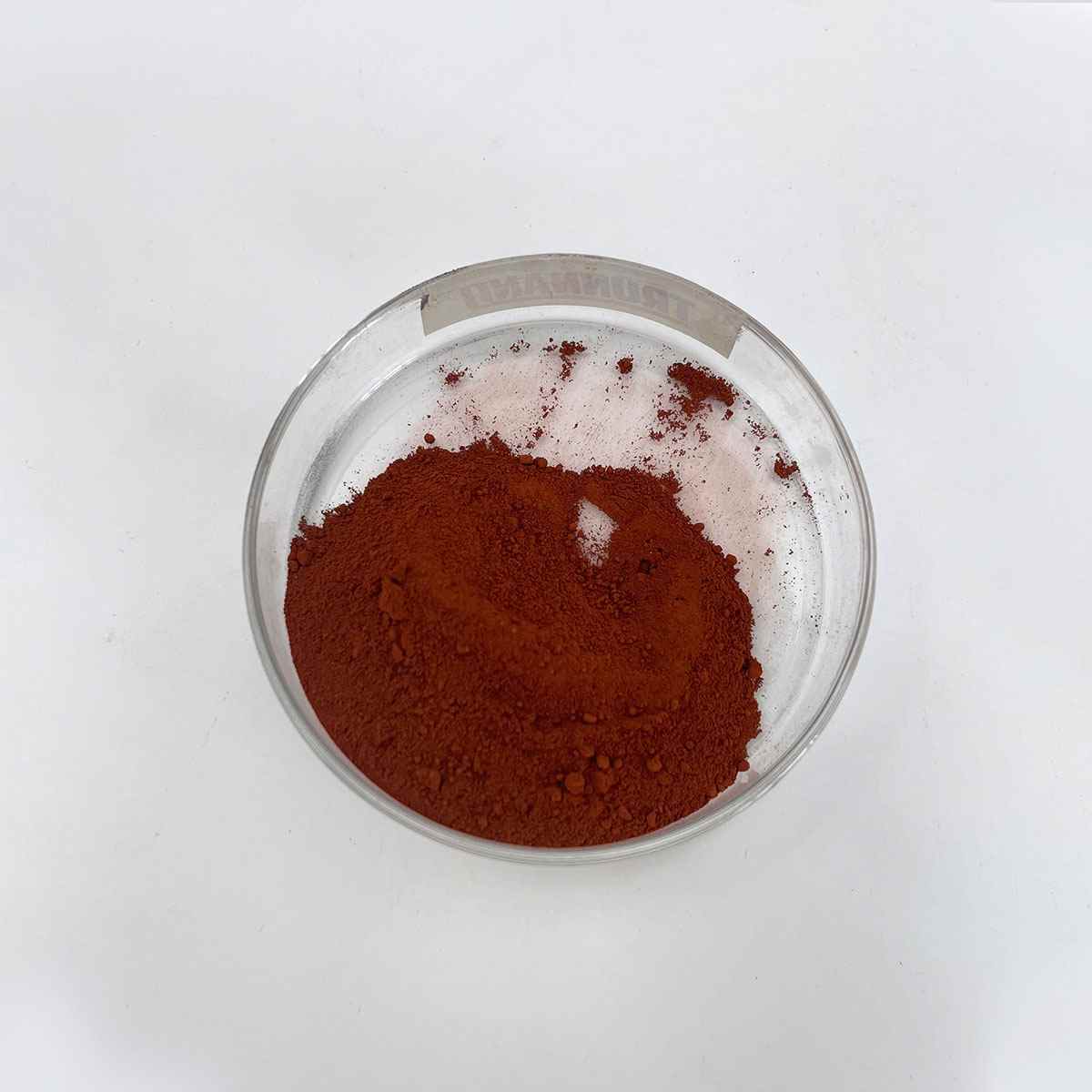1. Introduction
If you’ve ever experienced dryness, redness, or itching after using shampoo, toothpaste, or dish soap, sodium lauryl sulfate (SLS)—also known as sodium dodecyl sulfate—might be the culprit. This powerful anionic surfactant creates rich lather but can strip natural oils and irritate sensitive skin. The good news? There are safer, gentler alternatives that still clean effectively. In this guide, you’ll learn how to spot SLS on labels, understand what makes a surfactant work, and switch to milder options like alkyl polyglucoside, decyl glucoside, or sodium lauroyl sarcosinate.

2. What Is Sodium Lauryl Sulfate and Why Avoid It?
Sodium lauryl sulfate (often labeled as sls sodium lauryl sulfate, na lauryl sulfate, or natrium lauryl sulfate) is a synthetic anionic surfactant widely used for its foaming and cleansing power. While effective, it’s known to cause skin and eye irritation, especially in people with eczema or sensitive skin. It’s commonly confused with sodium laureth sulfate (also called sodium lauryl ether sulfate or sodium lauryl ether sulphate), which is milder but may contain trace contaminants from ethoxylation.
- Check ingredient lists for: sls sulfate, lauryl sulfate, ammonium lauryl sulfate, or ammonium dodecyl sulfate.
- Note: SLS is not the same as pulmonary surfactants in the lungs—those are natural lipids that reduce surface tension in alveoli.
3. Understanding Surfactant Types: Anionic, Cationic, Non-Ionic, and Amphoteric
The meaning of surfactant is simple: it’s a compound that lowers surface tension between liquids or between a liquid and solid, helping products spread, foam, or penetrate. Surfactants fall into four main categories:
- Anionic surfactants (like SLS, sodium dodecylbenzene sulfonate, and sodium coco sulfate) carry a negative charge and are strong cleaners but can be harsh.
- Cationic surfactants (like cetyl trimethyl ammonium bromide or cetyltrimethylammonium bromide) are positively charged and used in conditioners for their anti-static properties.
- Non-ionic surfactants (such as polysorbate 80, Span80, Pluronic 127, or ethoxylated alcohol) have no charge and are gentle—ideal for herbicides or as a lawn wetting agent.
- Amphoteric surfactants (including cocamidopropyl betaine, coco betaine, amidopropyl betaine, and sodium lauroyl methyl isethionate) work in both acidic and alkaline conditions and are mild, making them perfect for baby shampoos.

4. Step-by-Step: How to Replace SLS in DIY Formulations
Whether you’re making shampoo, body wash, or a natural weed killer, you can swap SLS for safer options. Here’s how:
4.1 Choose a Primary Mild Surfactant
Replace SLS with a gentle anionic or amphoteric base. Good choices include sodium cocoyl isethionate (a coconut-derived solid surfactant), sodium lauroyl sarcosinate (a sarcosinate-based cleanser), or sodium coco sulfate (a milder sulfate alternative). These provide lather without excessive dryness.
4.2 Boost Foam and Mildness with Co-Surfactants
Add 2–5% cocamidopropyl betaine (also labeled as coco amido propyl betaine) to improve foam stability and reduce irritation. This amphoteric surfactant works well with anionic bases and is commonly found in ‘sulfate-free’ shampoos.

4.3 For Herbicides or Lawn Care, Use Non-Ionic Options
If you’re mixing a surfactant for weed killer or a wetting agent for grass, skip SLS entirely. Instead, use a nonionic surfactant like alkyl polyglucoside, coco glucoside, or even methylated seed oil. These help herbicides stick to waxy leaves without harming soil microbes. Lignin sulfonate is another bio surfactant option derived from wood pulp.
4.4 Avoid Problematic Combinations
Never mix anionic and cationic surfactants directly—they can neutralize each other and form gunk. For example, don’t combine SLS with cetyltrimethylammonium bromide unless you’re formulating a specialized emulsion under controlled conditions.
5. How to Spot Hidden SLS and Choose Sulfate-Free Products
Manufacturers sometimes use confusing names. Watch for: sls sodium, sulfate laureth, sulphate laureth sulfate, or laureth sulphate (which usually refers to sodium laureth, not SLS). True SLS-free products will list alternatives like decyl glucoside, sodium cocoyl glutamate, or lauroyl sarcosinate high in the ingredients.
- Tip: Apps like Think Dirty or EWG’s Skin Deep can scan barcodes to flag SLS and other irritants.
- For industrial use, companies like Rohit Surfactants Private Limited offer sodium lauryl sulfate for sale—but always request safety data sheets if handling in bulk.
6. Common Mistakes to Avoid
Many DIYers assume ‘natural’ means safe, but even bio surfactants like sodium oleate or sodium deoxycholate can irritate if overused. Also, don’t confuse fluoro surfactants (used in firefighting foam) with personal care ingredients—they’re highly persistent in the environment. And remember: copper 1 bromide and Pluronic 188 have niche lab uses but aren’t relevant to home formulations.
7. Conclusion
Replacing sodium lauryl sulfate doesn’t mean sacrificing performance. With the right blend of amphoteric co-surfactants like cocamidopropyl betaine and gentle anionic bases like sodium cocoyl isethionate, you can create effective, skin-friendly products. Whether you’re avoiding SLS for health reasons or seeking eco-friendly alternatives like alkyl polyglucoside or lignin sulfonate, this guide gives you the tools to make informed choices—without the irritation.
Our Website founded on October 17, 2012, is a high-tech enterprise committed to the research and development, production, processing, sales and technical services of ceramic relative materials such as How. Our products includes but not limited to Boron Carbide Ceramic Products, Boron Nitride Ceramic Products, Silicon Carbide Ceramic Products, Silicon Nitride Ceramic Products, Zirconium Dioxide Ceramic Products, etc. If you are interested, please feel free to contact us.


